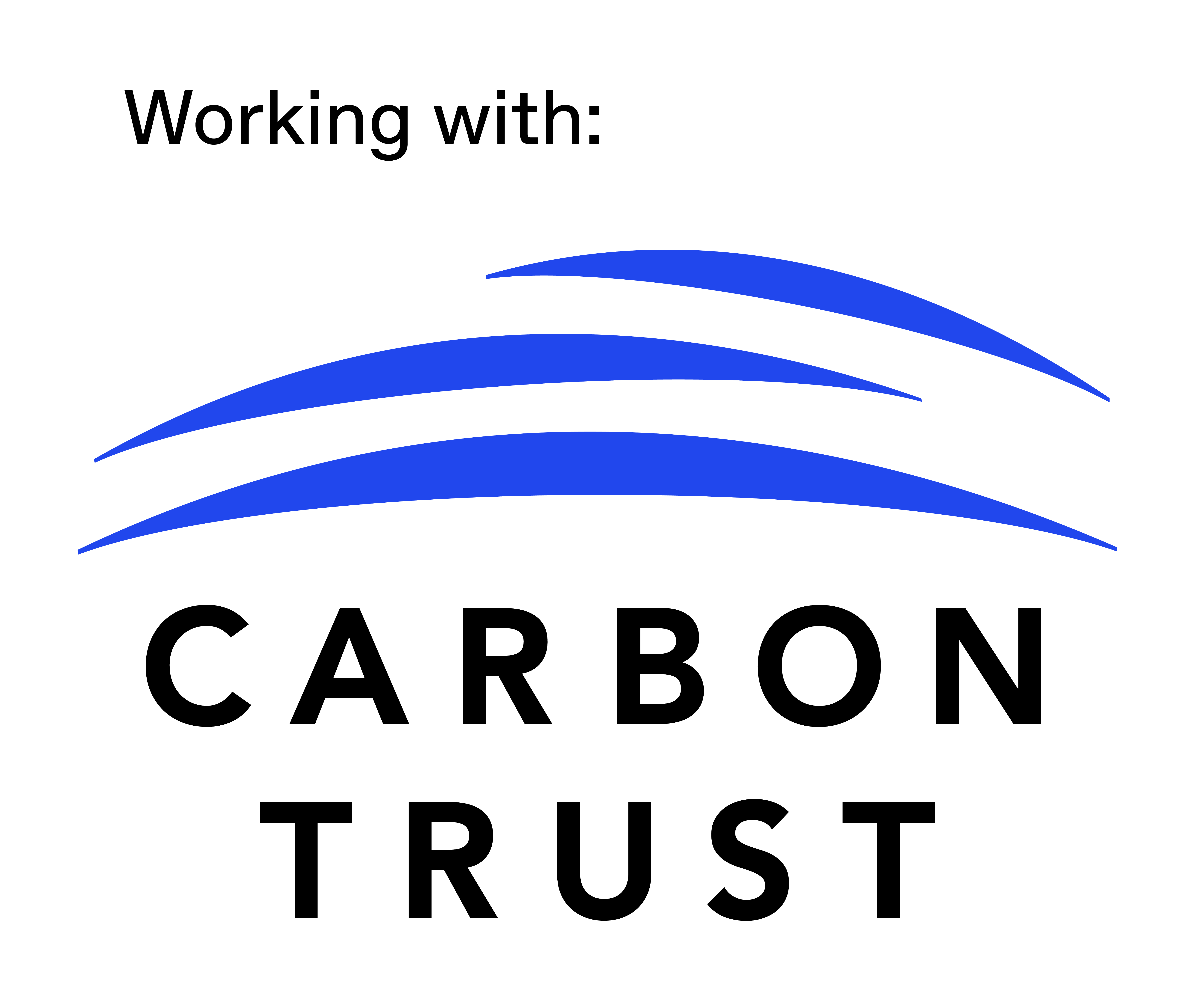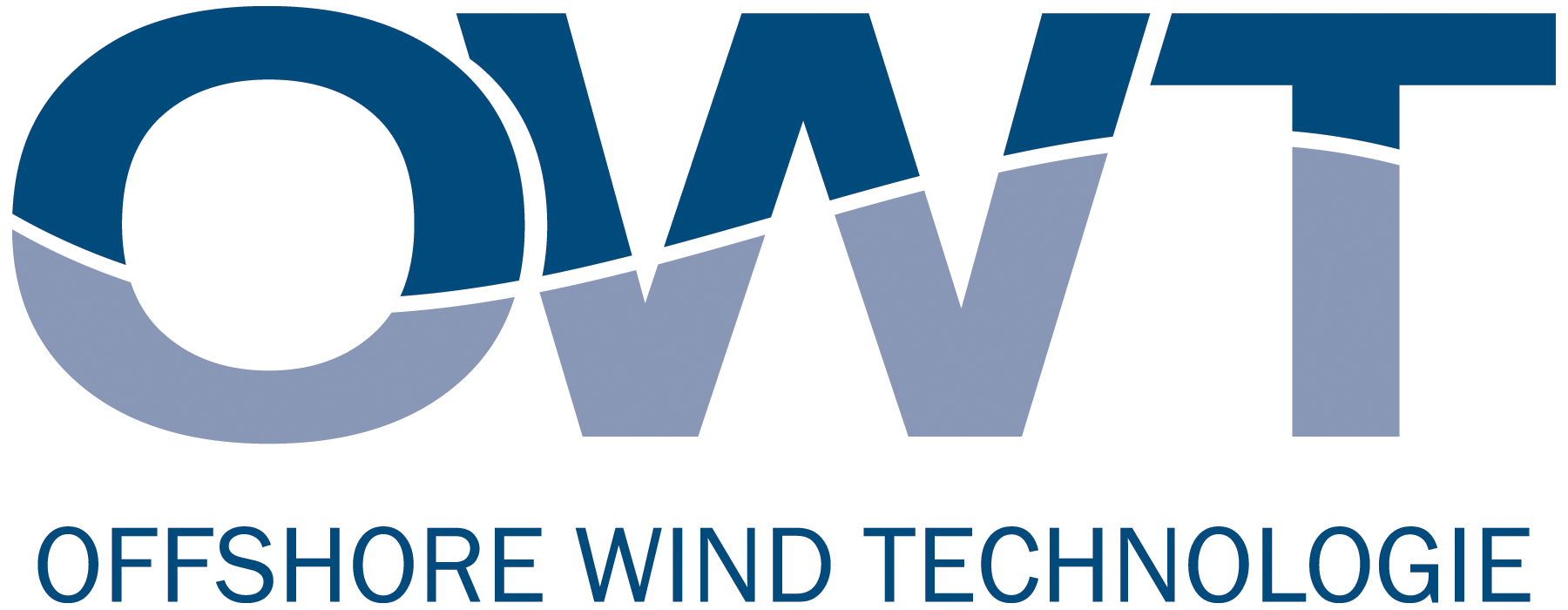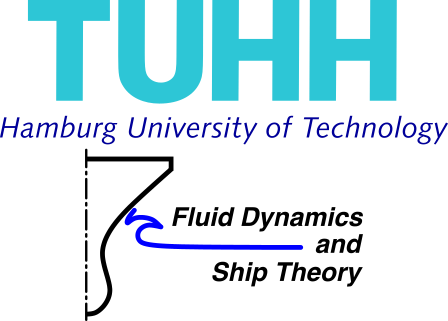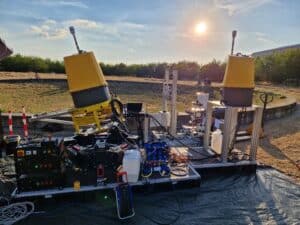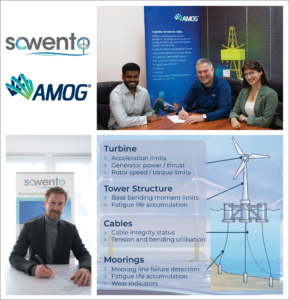sowento has kicked off the development of FlexDyn, a versatile tool for coupled multibody system (MBS) simulation for Onshore, Bottom Fixed, and Floating Offshore Wind Turbines (FOWT). It is a new structural dynamics module for the well-known OpenFAST software by United States National Renewable Energy Laboratory (NREL). FlexDyn allows an elastic modelling of the substructure without limitation to standard turbine configurations. It will output all major section loads to overcome exhaustive development processes where a variety of tools have to be coupled and verified. The tool will not be limited to a certain floater type but allows flexible adaptations of the MBS. FlexDyn completes University of Stuttgart and sowento’s FOWT models and is an important step towards a multi-fidelity tool chain for all design stages. Such a universal tool environment is a key requirement for a streamlined design process and cost-optimized FOWT systems of the future. FlexDyn is funded by the German Ministry of Economics and Energy.
Optimizing floating wind turbines: We approach the challenges of novel offshore applications with our multidisciplinary expertise of mechanical, control, and marine engineering.
Approach
FlexDyn will be developed based on the OpenFAST modularization framework for aero-hydro-servo-and elastic simulations in time-domain. Replacing the former ElastoDyn module for structural dynamics, FlexDyn will take on various challenges:
- Resolution of deformable bodies. Modally reduced beams are currently used for the tower and the blades. In FlexDyn, the same theory will be applied to elastic members of the floater.
- Computational efficiency. Common reduction approaches (eg. modal reduction) will consequently be applied to the floating body without introducing an additional level of complexity to the model.
- Interfaces to FE-tools for loads transfer. Dimensioning of members can be included in the overall design process such that individual solutions are no longer necessary.
- Flexible turbine configurations. Hard-coded equations of motion will be replaced by a flexible MBS-formalism.
FlexDyn-users will benefit from a complete software solution for Pre-FEED/FEED simulations facilitating feasibility studies, parametric studies and integrated optimization processes. Besides floater elasticity, aeroelastics will be extended to torsional blade modes, while keeping computational efficiency. Implementation and feasibility of unconventional floater designs such as single-point mooring lines, inclined towers, two-turbine floaters or lightweight designs will get much easier thanks to user-friendly implementation methods with a graphical user interface.
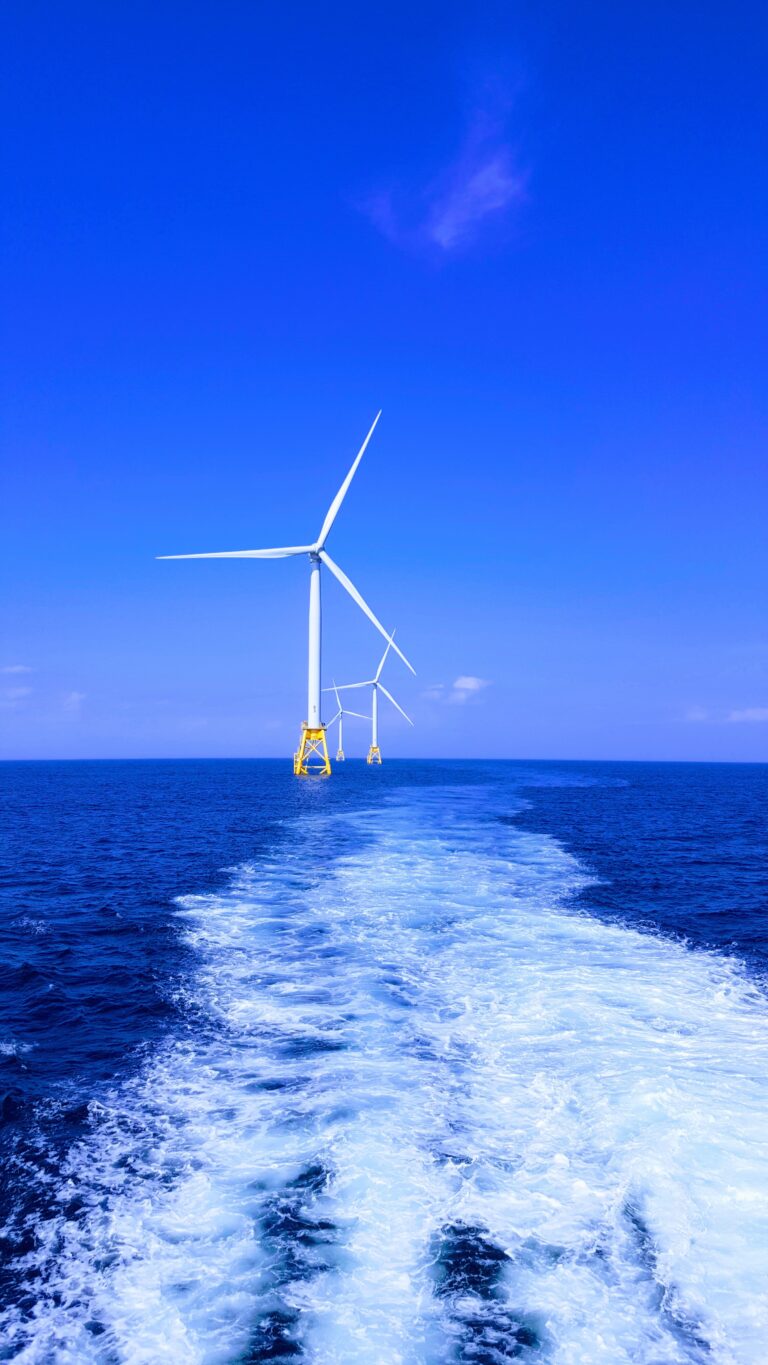
FlexDyn will be a useful contribution to the comprehensive OpenFAST framework and will allow user-defined multi-body systems, including multi-rotor systems, two-turbine floaters and other innovative onshore and offshore wind generation systems of the future.
Dr.-Ing. Frank Lemmer, sowento GmbH
With FlexDyn we aim to provide a software tool which paves the way for FOWT designs of the second generation.
You want to get to know FlexDyn? An open source basic version of FlexDyn will be available on github. Additional features can be purchased. Click here to follow us on LinkedIn. We keep you updated.
Get in touch with us to discuss your need and our possibilities. Read more about floating wind services of sowento.

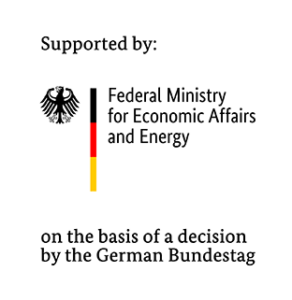
Press desk

Contact information
Steffen Raach – contact@sowento.com
